On a farm, the choice of raising roosters for non-meat purposes may look like an unusual and even controversial feat. When I first attempted this task in 2016, while preparing for chicks, the internet offered little advice.
Only one blog post by a person with multiple male chickens gave a useful point about letting them free range separately from hens. That small topic became my push to start embarking on what turned into a long and indefinitely ongoing experience.
The reactions from poultry keepers were full of bewilderment, discouragement, and sometimes patronization, condescension, or sharp ridicule. Some thought the idea was crazy, even saying I would soon feel offended. The implication was that roosters are unlovable, naturally hated, and almost impossible to manage without killing them.
Raising Roosters- Short guidelines
Raising roosters requires balance and patience. Over-cuddling can lead to aggression, while older hens help teach the rooster his place. With proper discipline and support, roosters can grow into well-behaved birds.
Yet, I chose to refrain and observe the living patterns of the bird myself. It was both difficult and easy depending on the environment and the time spent watching them.
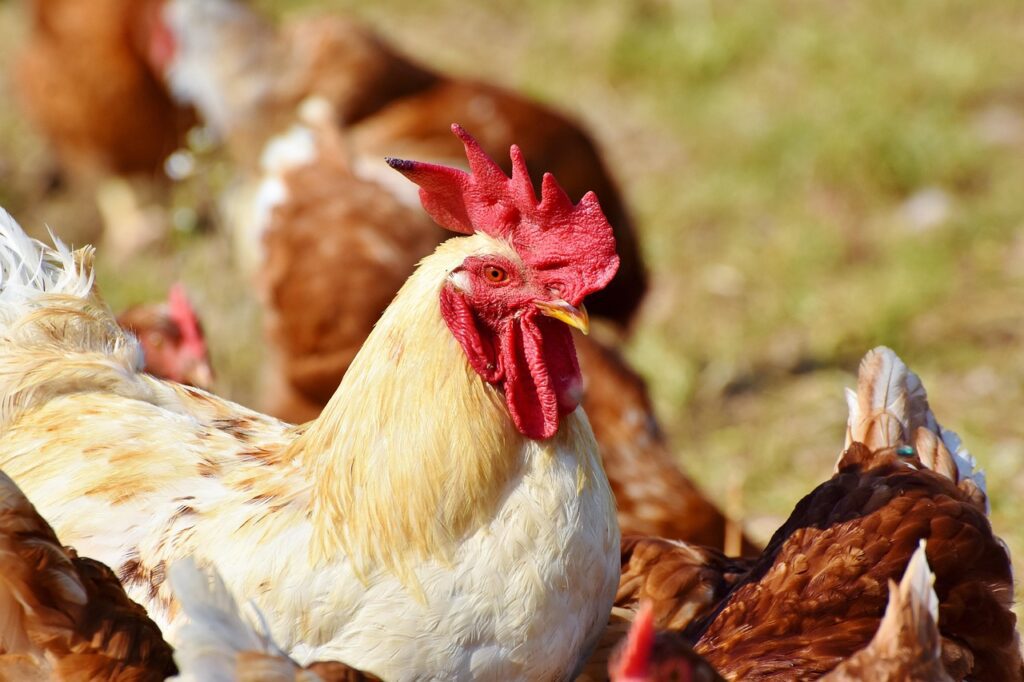
Through seasons like spring and summer months, I noticed that a rooster can protect a flock, manage its dynamics, and fertilize eggs. Still, the downsides appeared: some would crow too often, others grew aggressive, and a few would over breed their hens.
Calls to animal programs for surrender of unwanted birds filled shelters. Each residence or shelter had to find space to accommodate them for several weeks or even years, which deeply affects their ability to help other birds in need.
Over time, I realized that knowing their dietary needs, offering steady care, and guiding their behaviors and roles at the homestead brings health and happiness. When raised well, a rooster is not a thug with a bad reputation, but a gentleman, a protector, and a provider.
The key lies in understanding his natural role, building a healthy relationship, and managing the flock responsibly. With this, several common concerns become easy to solve, the homestead stays healthy, and the value of these birds is clear.
Why Keep Roosters?
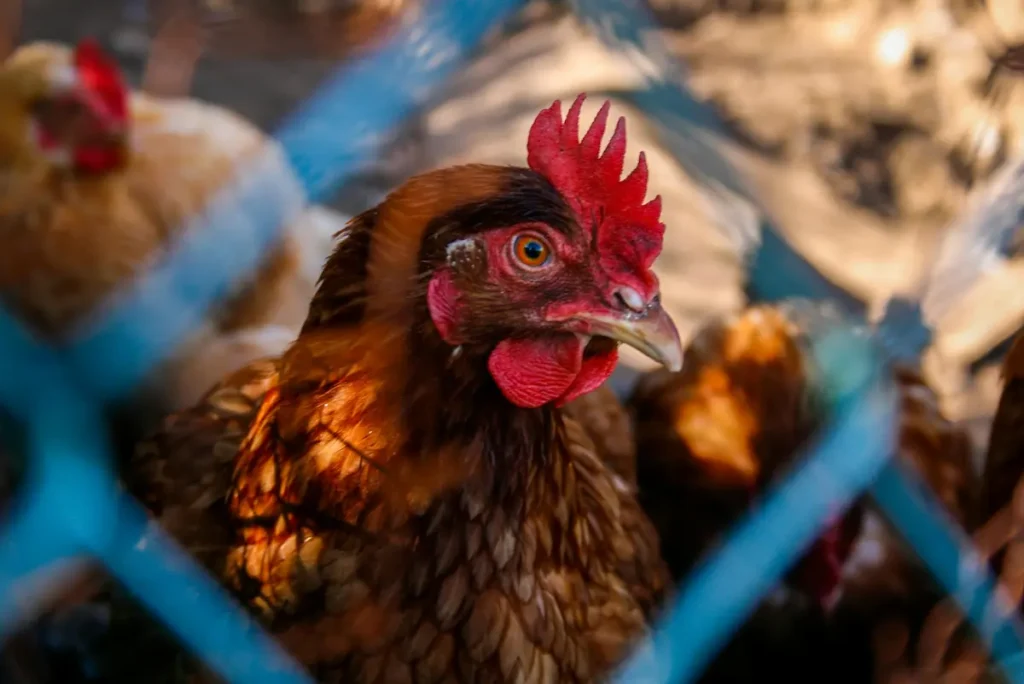
For many people, choosing to keep roosters may seem like a problem, but on my farm it has been both rewarding and worthwhile. Since becoming a vegetarian in 2003, I found it more reasonable and practical to raise chickens with a no-kill method.
While hatcheries often killed baby chicks en masse because nobody wants the male ones, I felt motivated by curiosity and a sense of love for animals to try a different angle. Even though it wasn’t always easy or cheap, the experience gave me a glimpse of life most never see, and it was possible to overcome the challenges.
A single rooster can protect eggs, add value, and grow into a strong, brave, and proud bird. I’ve attempted this project for over five years, and while it required care, patience, and learning, it has been truly beautiful.
From the fluffy balls of a chick to the adult stage, each stage showed me how independent, loving, and sometimes self-conscious these birds can be. To buy a meal like coq au vin might please some, but to me, choosing to live alongside a rooster is far more economical, deeply desired, and ultimately more practical than people often assume.
Choosing the Right Rooster
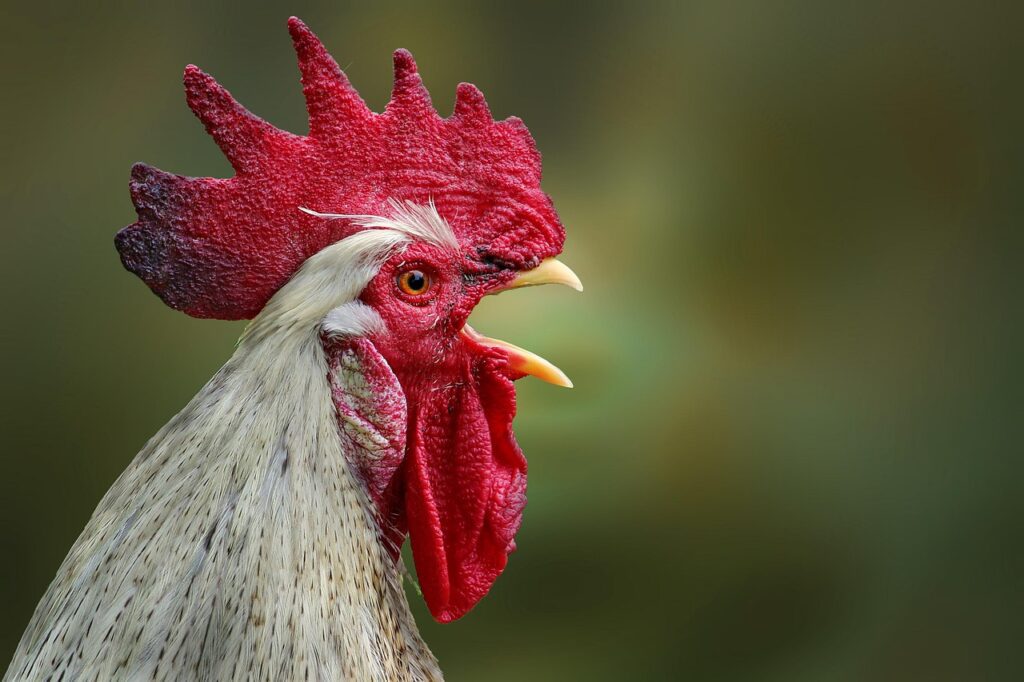
Breed Considerations
When I started raising roosters, I learned that being careful with breed selection makes a big difference. Some breeds were originally developed for cock fighting, but instead I chose to raise chickens with a reputation for being calm, chill, and friendly.
The success of this choice came from trying faverolles, a super gentle type that fits perfectly into my flock. From my own experience, the right breeds make the work of raising roosters much smoother and more rewarding.
Tame Breeds of Rooster
From my own flocks, I’ve observed that some breeds like orpingtons, brahmas, cochins, and silkies often show a calm temperament that many people appreciate. While no rooster is entirely free from aggressiveness, I’ve had luck with these kinds, especially the bantams, because they are small, more manageable, and even if aggressive, the damage they cause is less than a full sized bird.
A gentle breed with good nature is always welcome, though certain aggressiveness may be tolerated when keeping overall harmony in the yard.
Raising up a Good Rooster
When I first worked with a young cockerel, I quickly noticed how the outcome depended on simple tips and habits. If you cuddle too much, the cuddling can lead to aggression, and the bird may turn aggressive as he grows. I’ve seen older hens help guide a roo, as they naturally set him in line and remind him he is not the boss in the flock.
From my own work with chicken keepers, a raised rooster becomes nicer when given the right charge of discipline and support, showing that with patience, every rooster can be managed in a balanced way.
Thanks to traits like cold‑hardiness, good mothering among hens, and an easy‑going nature, the Plymouth Rock chicken is a sensible choice for those new to raising roosters.
How to Raise Gentle Roosters (Not Aggressive)
The truth is that roosters don’t always deserve a bad reputation for being unruly or aggressive; much depends on how they are raised and the kind of relationship you build with them. A rooster that grows with care often turns into a gentleman, a protector, and a provider, adding real value to the flock rather than becoming a thug.
The key lies in understanding his natural role, guiding his behavior, and managing the flock dynamics thoughtfully. From my experience, when given the right balance of trust and structure, roosters thrive in their role without conflict.
Many flock owners swear by the Barred Rock Rooster, and once you uncover its secrets, you’ll understand why.
Dealing with an Aggressive Rooster
When a rooster turns aggressive, there are different ways to deal with the problem, and the process often needs to be repeated. I sometimes hold the bird and walk with him, reminding him that I am the boss in the flock.
Some chicken keepers may not tolerate such aggressiveness and choose to cull overly bold cockerels, especially when the behavior is extremely disruptive. Over the weeks, I’ve seen how addressing a nucienc calmly can turn management into a real pleasure instead of constant stress.
Flock Size & Dynamics
How Many Hens Does a Rooster Need
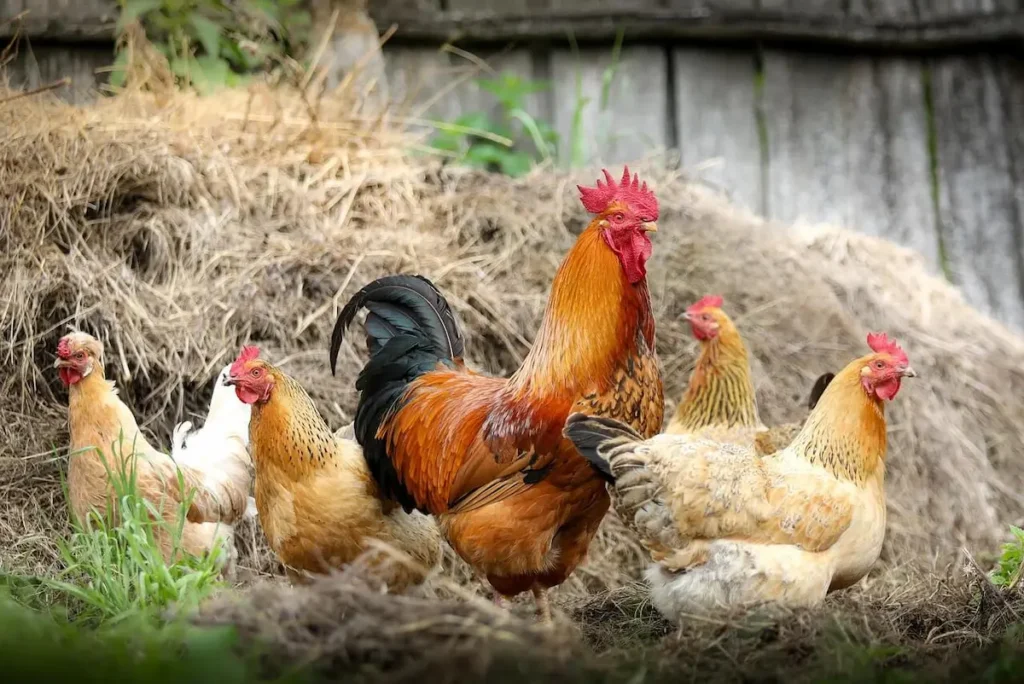
From my own flocks, I’ve seen that the average ratio is about 1:10, but each rooster can be different. Some manage okay with just 4 hens, while others may need 8 or even more to keep balance in the flock. If you have multiple roosters, it’s important to have enough hens or they may fight, and sometimes it can even lead to death.
Another option is to keep a bachelor pad where extra roosters live together, which works well when the right setup is provided.
How Many Roosters Should You Keep?
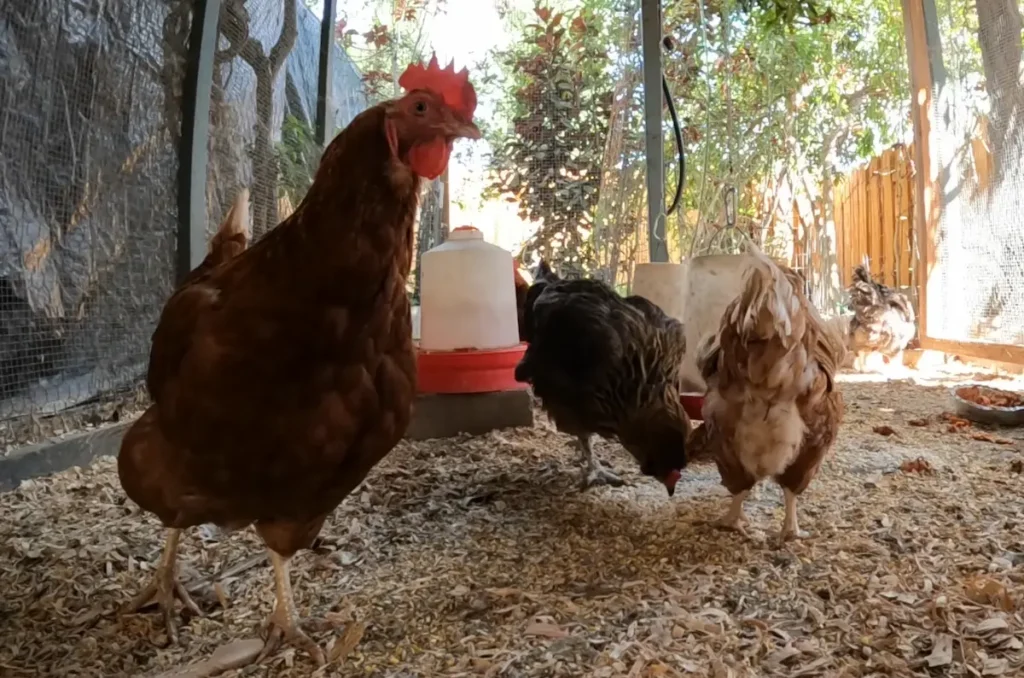
When it comes to keeping too many roosters, it can be harmful for the flock and affect their welfare, so a good rule is just one rooster for about five or six hens. While it can feel tempting to keep every handsome and young bird you raise, it’s best to plan ahead for the extras.
Too often, surplus roosters don’t find homes as pets and are more likely to be rehomed or used for meat. From my experience, knowing the balance helps both the flock and the keeper in the long run.
Flock Dynamics with a Rooster
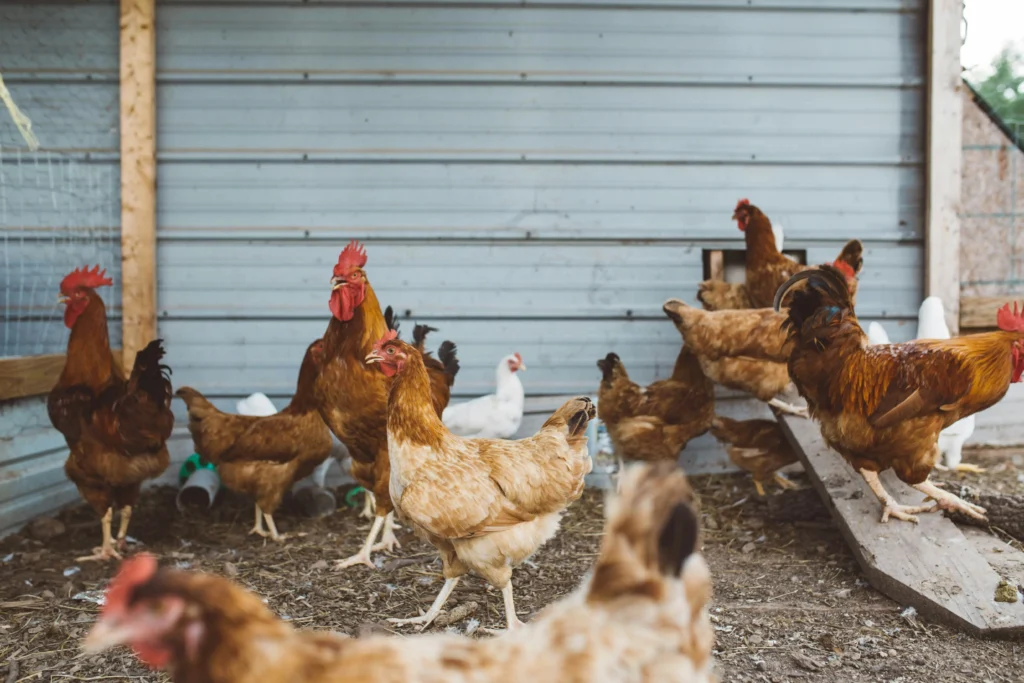
When a rooster is added to the flock, the dynamics naturally change, and I have looked closely at how the hens respond. Birds that once squatted or walked toward me with full attention often no longer pay the same way, since they now see him as their leader rather than the human in the yard. It’s never all bad, though—these shifts bring balance to the group, showing how roosters shape order and protect their hens.
Monitoring Flock Behavior
I’ve seen young roosters sometimes form little packs that act like thug groups and even harass the hens, which can create serious problems if not handled. A mature rooster usually prevents this kind of behavior, keeping the balance in the flock. As a keeper, you need to stay watchful, step in to correct issues early, and guide the birds toward healthier interactions. This steady attention helps both hens and roosters live together more smoothly.
What to Feed Roosters
When raising roosters, I learned that what you feed them makes a big difference compared to hens. A balanced diet can be fine with a starter or grower ration for the young pullets and cockerels, but by around 20 weeks old, they need an adult dietary plan. A layer ration often contains calcium for eggshells and laying hens, yet this extra mineral is not enough to harm a rooster if supplemented with fresh forage and healthy treats.

Still, too much calcium early may cause kidney damage, so being careful with feeding is especially important. For the whole flock or multiple flocks, I’ve fed supplemental options that included everything their body needs, helping to keep them strong and reducing the risk of extra stress. With this balance, both flock harmony and proper functions are maintained, giving every rooster a safe and steady diet.
The Ideal Diet for Roosters
An ideal diet for a rooster or even multiple roosters must cover their essential needs while being practical for the flock. On many homesteads, I’ve maintained birds with a mix of scratch grains, forage, and snacks as regular food, while also using a balanced ration of protein, minerals, and vitamins.

Some breeders choose a cheaper option during the non-breeding season, focusing on low or low-calcium mixes to reduce stress on their health. A whole diet that includes natural treats and supplements becomes especially helpful to keep the birds enjoying good feeding habits without causing harm.
For laying hens, extra calcium is important, but for roosters, too much can be harmful, so I prefer an all-flock feed as a safe solution. This type of poultry mix contains balanced nutrients and works for both sexes, offering a practical way to keep a flock strong through every season.
With supplemental source options like fresh forage or treats, and steady maintenance, the whole system is rich in variety while meeting the birds’ lower nutritional demands. Over time, this method has proven to be not only healthy but also sustainable for different purposes across both small and large diets.
Housing & Daily Care
Good housing and daily care make a big difference when keeping roosters in a flock. A safe coop with enough space, shelter, and food keeps them healthy, while fresh water in a waterer and a filled feeder should be part of the routine.
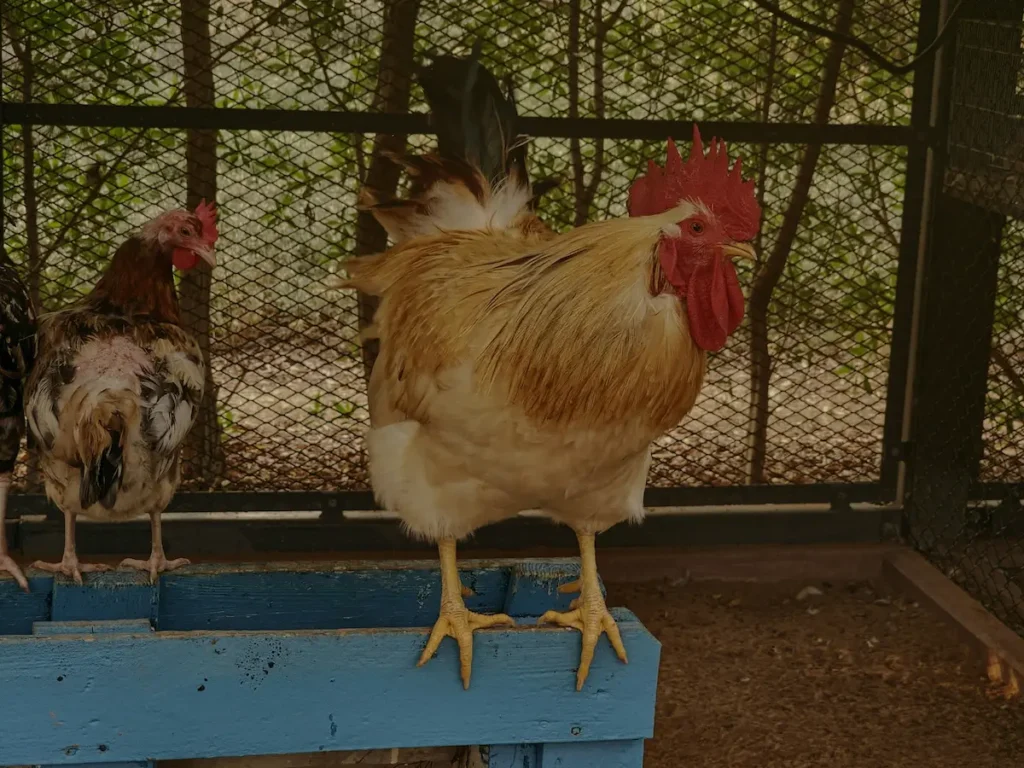
Regular cleaning of droppings, providing nesting boxes for hens, and making sure the floor size gives at least 2-4 square feet and 8-12 inches of roost per rooster is ideally the basis for proper management. On my homestead, I’ve found that managing multiple birds becomes easier with plenty of time set aside for their needs.
Caring for roosters also means noticing their personal habits and giving them a balance of rest, free-range activity, and enclosure space. A full square of 8-10 feet per bird is beneficial, especially when keeping homestead roosters long-term. With steady care, the flock stays calm, the environment remains healthy, and the birds feel secure and productive.
The Role of a Rooster
The primary job of a rooster is to look after the hens in the flock, making sure they find food, stay safe from danger, and live in a more harmonious environment. A keeper who acts as an ally and offers help allows the bird to succeed in his natural role, where he alerts the hens, keeps peace, and reduces squabble so there is less stress.
By supporting his duties, you also avoid unnecessary conflict, since he already supports the group, and there is no need to compete with him. When the rooster is present, the whole flock can enjoy the balance he brings without creating unnecessary problems.
Frequently Asked Questions
What are the downsides of having a rooster?
The greatest downsides of cockerels are crowing and misplaced aggression. Some people love the sound, others hate it early in the morning. In spring and summer, testosterone runs high, and males often compete, showing more aggression.
Can Roosters Live Together Without Hens?
If food, water, and basic needs are met, roosters can live without hens in the flock. Trouble comes when strangers are introduced or supplies grow scarce, which can push the pecking order and become hard to control.
Is it Hard to Raise Roosters?
It is harder than raising hens, as roosters need you to be vigilant, guard issues, and respond when social rifts arise. With enough space, patience, compassion, and agility, problems can be kept in hand.
What is the Point of Owning a Rooster?
A rooster in the flock brings harmony and peace to the hens by breaking up fights and protecting the weaker ones from being picked on. Without him, the group may start jockeying for position, and each leader’s struggle can result in conflict.
Conclusion:
In the end, raising roosters is less about managing a problem and more about learning balance, patience, and respect for the bird’s natural role. While they come with challenges like crowing, aggression, or flock conflicts, they also bring order, protection, and harmony when handled with care.
My years of keeping roosters have shown me that with the right breeds, steady guidance, proper housing, and thoughtful feeding, they transform from misunderstood outcasts into valuable guardians of the flock, proving that their presence can be both practical and deeply rewarding.


